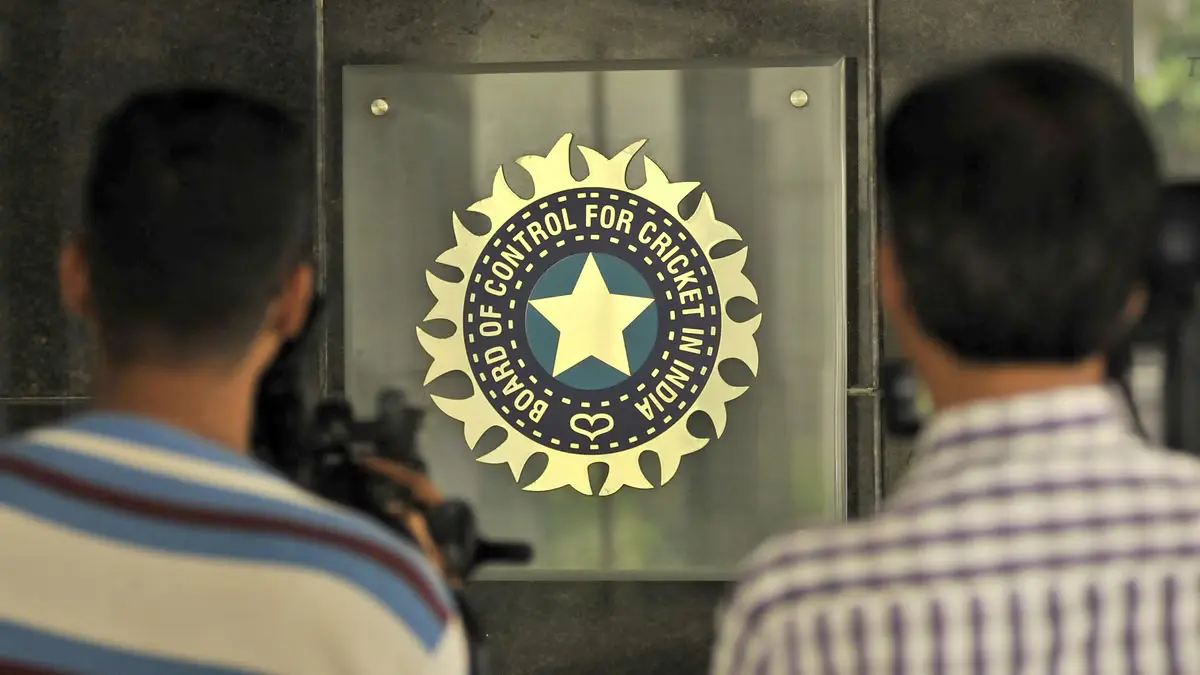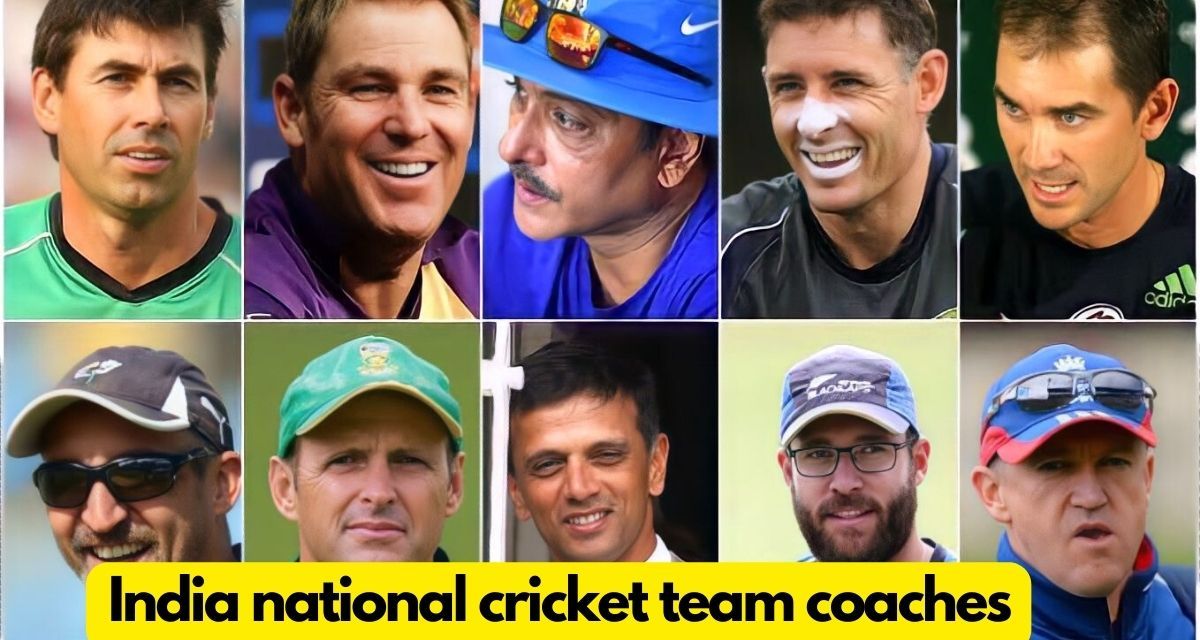Coinciding with the intricacies of cricket, the concept of an edge holds a paramount importance within this sport.
Defined as the contact between ball and bat resulting in deviation from its intended path, an edge carries significant implications for the outcome of a match.
Understanding the multifaceted nature and potential consequences of edges is crucial to comprehending the nuances of cricket.
By examining various examples, this article aims to delve into the complexities associated with edges in order to enhance one’s knowledge and analytical understanding of this fundamental aspect in cricket.
- Edges in cricket refer to the contact between the ball and the edge of the bat.
- Factors such as the ball's movement, pitch conditions, and the batsman's technique can influence the occurrence of edges.
- There are two types of edges: thick edges, which result in a significant deviation of the ball, and thin edges, which produce a slight deflection.
- Edges play a crucial role in the outcome of a match, affecting catches, dismissals, and umpire decisions, leading to controversies at times.
Understanding the Definition of an Edge
The definition of an edge in cricket refers to when the ball makes contact with the bat and deviates from its intended trajectory.
This deviation can occur due to various factors such as the angle at which the ball is struck, the timing of the shot, or even external conditions like the pitch or weather.
There are different types of edges that can occur in cricket, including thick edges where the ball hits a significant portion of the bat and thin edges where it barely grazes the edge.
In order to prevent edges in cricket, batsmen employ several techniques. One common technique is to play with soft hands, meaning they try to absorb some of the force when making contact with the ball, minimizing any potential deviation.
Another technique is to focus on their footwork and body positioning so that they can get into proper alignment with the ball and make clean contact without any deflections.
Understanding these types of edges and employing preventive techniques is crucial for both batsmen and bowlers in cricket. It allows batsmen to minimize their chances of getting caught out by providing greater control over their shots.
On the other hand, bowlers can use this knowledge to exploit weaknesses in a batsman’s technique, aiming for areas where there may be a higher likelihood of an edge occurring.
The Significance of an Edge in Cricket
An occurrence of the ball making contact with the bat in a manner that results in a deflection is known as an edge in cricket. In this sport, edges are significant as they can greatly impact the outcome of a match.
Techniques to minimize the occurrence of edges in cricket have been developed over time, aiming to enhance players’ skills and reduce their chances of being caught out due to an edge.
These techniques include coaching on proper batting technique, footwork, and shot selection. By improving these aspects, batsmen can better control the direction and angle at which the ball meets their bat, reducing the likelihood of producing an edge.
In recent years, technology has also played a crucial role in detecting edges during cricket matches. The introduction of tools such as Hot Spot and Snicko has provided umpires with additional assistance in making accurate decisions regarding edges.
Hot Spot uses thermal imaging to detect friction caused by contact between ball and bat, while Snicko analyzes sound waves generated by such contacts.
These technologies have proven effective in aiding umpires when determining whether or not an edge has occurred.
Understanding how an edge can impact the outcome of a match is essential for both players and spectators alike. The subsequent section will explore this impact further by examining specific instances where edges have influenced game results without detailing ‘steps’.
How an Edge Can Impact the Outcome of a Match
One of the ways in which a deflection resulting from contact between the ball and the bat can have an impact on the outcome of a match is by potentially leading to a dismissal.
In cricket, edges occur when the ball makes contact with the edge or frame of the bat instead of its face. This can result in a change in trajectory, making it difficult for fielders to catch or for wicketkeepers to cleanly collect.
The role of umpires is crucial in determining whether an edge has occurred or not. Umpires rely on their experience, knowledge, and positioning to make these decisions accurately.
However, controversial edges have been a topic of debate and scrutiny within cricket. These instances often involve close calls that require careful analysis through slow-motion replays or technology such as Hot Spot and Snicko-meter.
The controversy surrounding controversial edges stems from the subjective nature of their interpretation, which can lead to disagreements between players, spectators, and even commentators.
Despite this controversy, umpires play an integral role in ensuring fair play by making impartial judgments on these critical moments during matches.
Transitioning into exploring examples of edges in cricket without stating ‘step,’ one can delve into specific incidents that highlight how edges have affected match outcomes or sparked controversies.
Exploring Examples of Edges in Cricket
From the concept of problematic edges, specific cricket instances can show how ball-bat contact deflections have affected match outcomes or provoked discussions. Analyzing such situations requires distinguishing between real and fake edges.
A genuine edge occurs when the ball makes clear contact with the bat, resulting in a distinct sound and visual indication of deviation. This type of edge is typically accepted by both teams as a fair dismissal or scoring opportunity.
On the other hand, false edges refer to instances where there is no actual contact between the ball and the bat, but due to factors like ball movement or poor visibility, it may seem as though an edge has occurred.
These situations can lead to controversies and heated discussions among players, officials, and spectators.
To improve fielding skills in catching edges effectively, cricketers employ various techniques. Firstly, they focus on maintaining good body positioning by staying low and keeping their eyes level with the flight of the ball.
Secondly, they work on their reflexes to react quickly when an edge occurs. Lastly, practicing proper hand placement allows fielders to secure catches more consistently.
Conclusion of an Edge
Understanding the Definition of an Edge
An edge in cricket refers to the contact between the ball and the edge of the bat. It occurs when a batsman fails to hit the ball cleanly, resulting in a deflection towards the fielding team.
This slight touch can significantly impact the outcome of a match, as it can lead to catches, dismissals, or boundaries. The importance of edges lies in their ability to change momentum and turn matches in favor of either team.
The Significance of an Edge in Cricket
In cricket, edges play a crucial role in determining a batsman’s success or failure. When a batsman manages to avoid getting an edge while playing shots, he increases his chances of scoring runs and staying at the crease for longer durations.
Conversely, if a fielding team manages to induce edges consistently, they enhance their opportunities for dismissing batsmen and gaining control over the game.
How an Edge Can Impact the Outcome of a Match
Edges have the potential to alter match dynamics significantly. If a well-placed edge results in a catch being taken by one of the fielders, it leads to wickets falling and puts pressure on batting teams.
On the other hand, if edges result in uncatchable balls flying past fielders into gaps, they can yield valuable boundary runs for batting sides. Therefore, edges contribute directly to both teams’ fortunes and often decide close encounters.
Exploring Examples of Edges in Cricket
Many famous cricket matches were fashioned by vital edges. Steve Harmison’s delivery brushed Shane Warne’s bat before being caught behind by Geraint Jones in 2005’s Ashes series, helping England win.
Similarly, Sachin Tendulkar’s dismissal due to an edge off Shoaib Akhtar’s bowling during India vs Pakistan clash added intensity and excitement to that high-stakes encounter.
Frequently Asked Questions: Edge
How is an edge in cricket different from a regular shot?
An edge in cricket refers to when the ball makes contact with the edge of the bat instead of the middle. This can result in a different trajectory and outcome compared to a regular shot, depending on the type of edge technique used.
Can an edge in cricket ever result in a dismissal?
Dismissals can occur due to edges in cricket, although they are typically unintentional. When a batsman's edge is caught by a fielder, it results in an out. This dismissal has consequences for the batting team, potentially leading to loss of a wicket and decreased scoring opportunities.
Are there any specific rules or guidelines for determining whether an edge has occurred?
Determining an edge in cricket involves a combination of visual observation and audio cues from the players. The consequences of an edge can vary depending on whether it is caught by a fielder, results in a run, or leads to a dismissal.
What are some common techniques used by batsmen to avoid getting an edge?
Common techniques employed by batsmen to avoid getting an edge in cricket vary, as batters strive to minimize the risk of dismissal. These methods are crucial due to the strict rules and guidelines in place to detect an edge, with umpires and officials closely monitoring real-time matches.
How do umpires and officials detect an edge in real-time during a match?
The use of technology advancements, such as the Decision Review System (DRS) and Snickometer, have aided umpires in detecting edges in cricket matches. However, challenges arise due to the fast-paced nature of the game, making real-time edge detection a complex task for officials.











